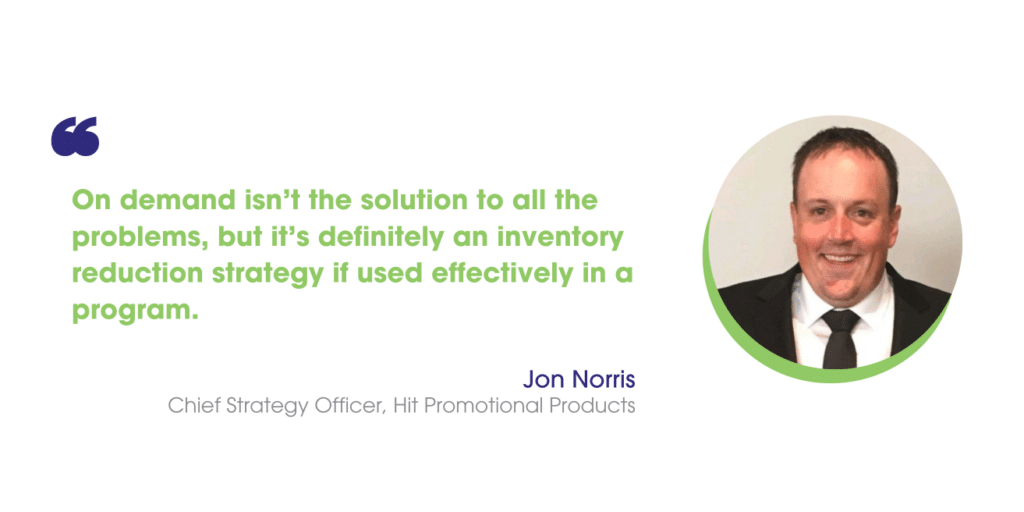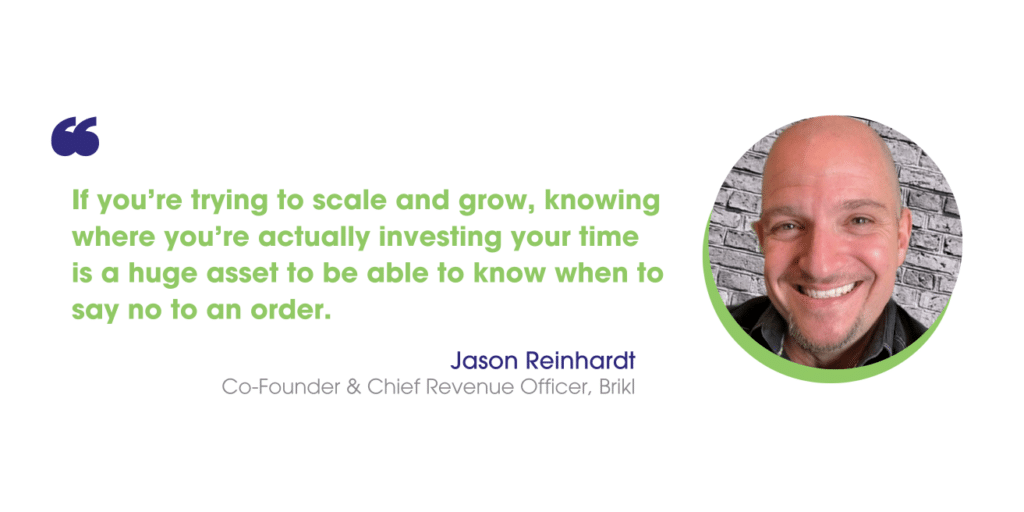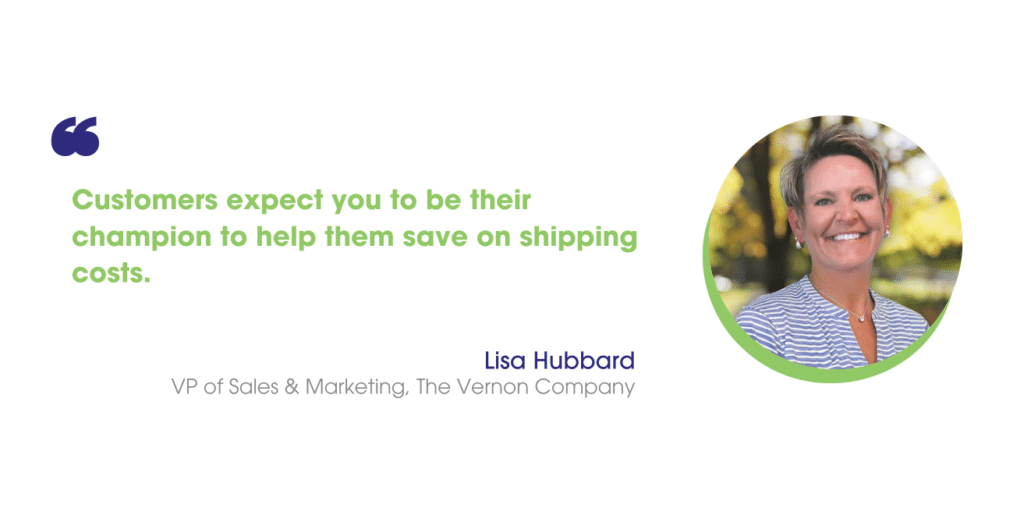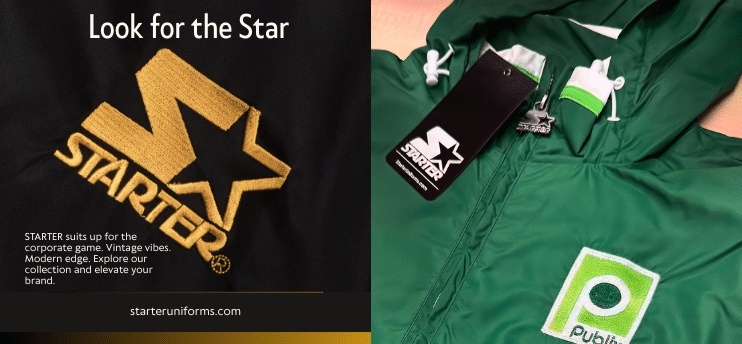Brikl (PPAI 803362), a business services provider offering online store solutions for promotional products and team wear, hosted a webinar on July 17 with actionable steps to scale your business to the million-dollar mark and beyond.
Jon Norris, chief strategy officer at Hit Promotional Products (PPAI 113910, Platinum) – the No. 4 supplier in the PPAI 100 – and Lisa Hubbard, vice president of sales and marketing at The Vernon Company (PPAI 109323, Platinum) – the No. 25 distributor in the PPAI 100 – joined Brikl executives to identify key technologies that can streamline operations, reduce costs and enhance productivity.
Here are five ways that tech can help you scale a million-dollar promo business.
Promote Your On-Demand Store
The webinar began by asking attendees if an on-demand store continues to sell without ongoing marketing efforts.
- More than half (56%) said no, which the panelists largely agreed with.
“If it’s a company store, you don’t necessarily have to market it,” Norris says, “but we see a lot of customers who build a platform, have a great launch, it does gangbusters for three days and then it dies off. You still need to market to your employees and franchises. The Field of Dreams’ quote ‘if you build it, they will come’ isn’t really applicable in the web store portal world.”
Hubbard agreed, adding that the company needs to support the company store through consistent communication.
“You must ensure you have the trendiest items and things for the season that your employees will be interested in,” she says.

However, distributors have been disincentivized to restock the store because changing SKUs is so complex, Norris said.
“You’ve probably seen at maximum a one-year refresh,” he says. “If it’s sitting on shelf, many people get burned sitting on all that inventory. So, the decision is to hold on to these SKUs in perpetuity and hope for the best. But if you’re storing them in a warehouse, you’re paying for storage month after month.”
“On demand isn’t the solution to all the problems,” Norris added, “but it’s definitely an inventory reduction strategy if used effectively in a program.”
Automation Enables You To Focus On Selling
“If you have to touch it, you’ve lost money on a single-item order. It’s as simple as that,” says Jason Reinhardt, co-founder and chief revenue officer at Brikl.
- In another poll, 88% of attendees replied that small orders don’t take significantly less time/effort to process compared to large orders.
Norris said that’s when automation should be utilized. For example, if you’re processing a $12 order and you’re going to spend the same effort to process a $1,000 order, then something has to give.
Reinhardt added that most salespeople have a threshold where they won’t consider an order if it’s less than a certain amount of money.
“Everybody has a threshold because they’ve invested time before and realized it was a lot of work for not a lot of reward,” he says.

“Have you ever written down how much time you’ve actually spent on something? If 60% of your time isn’t selling, figure out what can be automated or delegated. If you’re trying to scale and grow, knowing where you’re actually investing your time is a huge asset to be able to know when to say no to an order.”
Instead of turning away small orders, an on-demand store can serve those customers’ needs without taking much of your time.
“The beauty of on demand is when you set up a store and the business can purchase what it wants, then it becomes just updating the items and ensuring you have the trendiest items on there,” Hubbard says. “When people place the order, you don’t have to touch it. It just automatically goes through the system, which gives you more time in your day to sell.”
Flexibility Is Key
Historically, promo firms have been required to use different platforms for different parts of their business. But those platforms didn’t “talk” to one another, said Dan Vermont, vice president of global sales and operations at Brikl.
“We’re at a point with technology where most things can speak and interact with anything out there,” Vermont says. “When you’re looking at your technology stack, it’s important to understand if there are APIs [application programming interfaces] available and if they’re something you can tap into.”

Norris added that there has always been an emphasis on single-platform solutions, but now the focus must shift to connected solutions so people can plug their information and API into whatever their supply chain looks like.
“There is no perfect model, but it has to be flexible for an inter-connected ecosystem,” Norris says. “In the early 2000s, the industry ran to India and China to offshore all order processing, which essentially set the industry back a decade. In 2015, the industry woke up and realized we need to have a unified way to process information back and forth across our supply chain. While we’ve come a hell of a long way, we’re just passing the easy stuff, like inventory and order statuses.”
“The new frontier is purchase orders and solving this artwork problem,” Norris says. “I’m hopeful that a little bit of AI and some pretty slick tools out on the market get us there.”
Pick Strategic Partners
With logistical challenges, such as the costs of freight and shipping, increasing every year, Hubbard encouraged attendees to lean on their strategic partnerships to help fill the gaps.
“Customers expect you to be their champion to help them save on shipping costs,” Hubbard says. “Especially if you have a customer shipping internationally, you have to ensure that the end user doesn’t get hit with duties and taxes. Being knowledgeable in that area is very important.”

Norris urged attendees to pick partners that they can “go all in” with.
“Where we find the most success is with people who do all their corporate programs with us,” he says.
Norris added that he would never run a store that’s purely on demand unless he was in a time crunch because on-demand stores are for experimentation and trendy products.
“In a corporate store world, just going on demand isn’t the answer,” he says. “You need to strategically evaluate the SKUs to figure out what you can store at a significant discount on printing and balance out the storage cost versus the increased on-demanding printing costs to make it work.”


